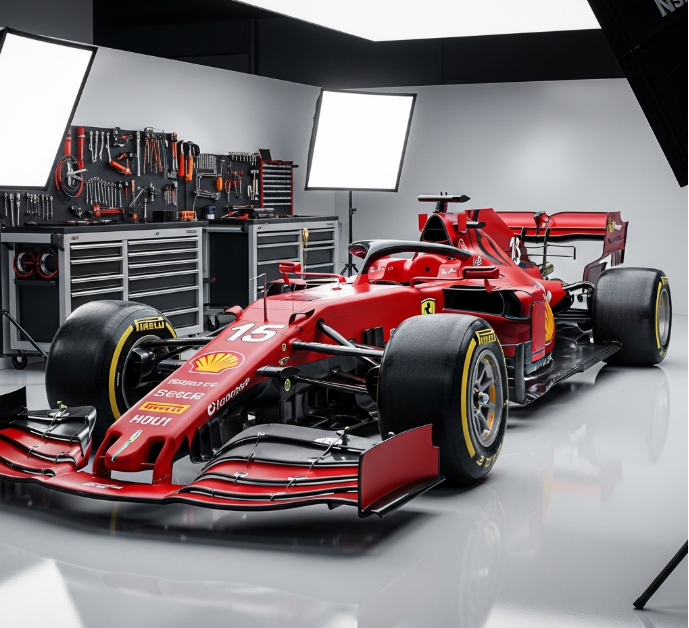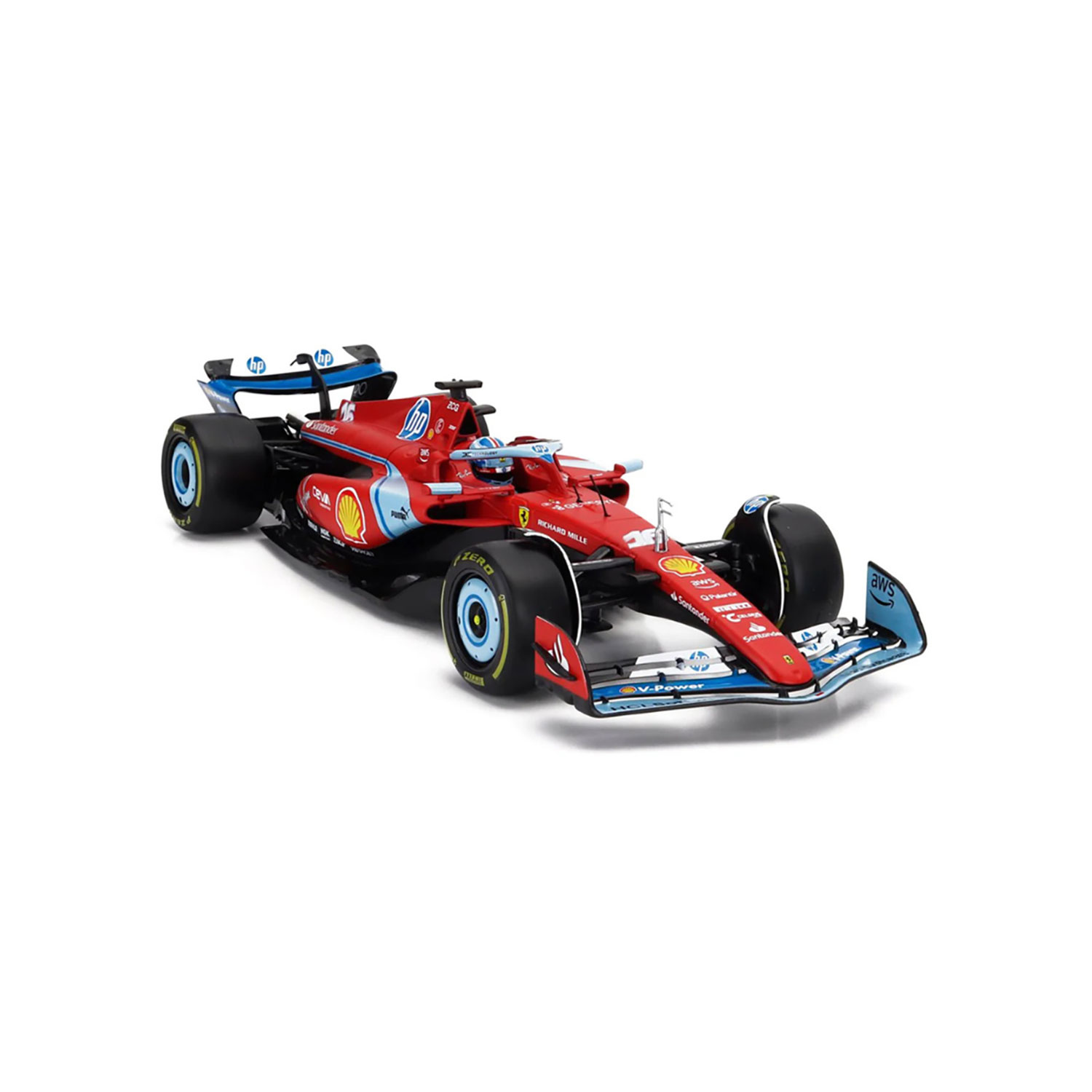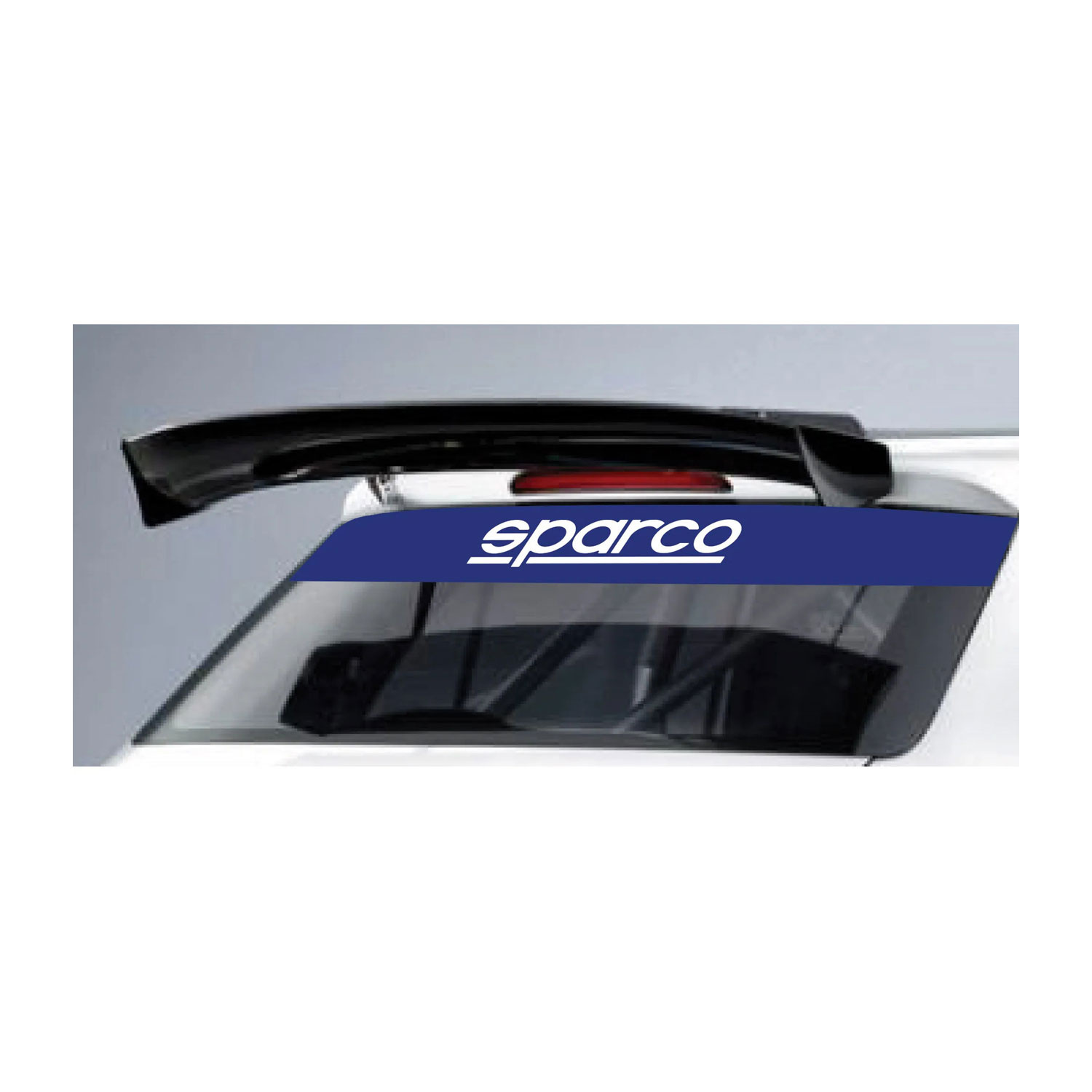How Much Does an F1 Car Cost

The price tag attached to a modern Formula 1 car represents one of motorsport's most significant financial investments. Current estimates place individual F1 car costs between £10-16 million, though this figure varies considerably depending on development scope, component specifications, and team resources.
Understanding F1 car costs requires examining both the direct manufacturing expenses and the broader financial framework governing the sport. The introduction of budget restrictions has fundamentally altered how teams approach spending, creating new dynamics around resource allocation and strategic planning.
The Cost Cap Revolution
Formula 1's financial landscape transformed dramatically with the introduction of budget caps in 2021. The current spending limit stands at $135 million for a 21-race season, with an additional $1.2 million allowance for each race beyond that threshold. For 2025, teams operate under a $140.4 million annual budget cap, reflecting the expanded calendar.
This regulatory framework covers most operational expenses directly related to car performance and development. The restrictions encompass research and development costs, manufacturing expenses, race operations, and the majority of personnel salaries, fundamentally changing how teams allocate their financial resources.
However, several significant expenses remain exempt from these limitations:
- Driver salaries and compensation packages
- The three highest-paid non-driver staff members
- Marketing expenditure and promotional activities
- Travel costs and accommodation expenses
Component Breakdown and Costs
The astronomical cost of modern F1 cars stems from the sophisticated engineering required for each component. Every element must meet exacting performance standards while adhering to strict technical regulations, resulting in premium pricing across all systems.
Power units represent the most expensive single component, accounting for between $7-18.3 million of the total car cost. These hybrid systems combine internal combustion engines with electric motors and energy recovery systems, requiring extraordinary precision and advanced materials. Engine manufacturers operate under separate budget constraints, with a $95 million annual limit until 2025, rising to $130 million from 2026.
The chassis and aerodynamic components constitute another major expense category. Modern F1 cars utilise carbon fibre construction throughout, with each monocoque requiring hundreds of hours to manufacture. Aerodynamic elements undergo continuous development and refinement, with teams producing multiple iterations throughout the season to maintain a competitive advantage.
Major Component Cost Categories
- Power unit and hybrid systems: £5.5-14.5 million
- Carbon fibre chassis and safety systems: £2-3 million
- Suspension and transmission components: £1.5-2.5 million
- Electronics and data systems: £800,000-1.2 million
Historical Spending Context
Before the budget cap implementation, F1 teams operated with vastly different financial resources. Some organisations spent upwards of £320 million annually, creating significant performance disparities between well-funded teams and their resource-limited competitors. This spending arms race threatened the sport's competitive balance and long-term sustainability.
The contrast between historical and current spending levels demonstrates the cap's effectiveness in controlling costs. Teams now must prioritise development areas more carefully, making strategic decisions about resource allocation that previously weren't necessary. This constraint has forced greater efficiency and innovation in engineering approaches.
Mercedes and Red Bull previously allocated massive budgets to aerodynamic development alone, running extensive wind tunnel programmes and producing countless component iterations. Under current regulations, such approaches become financially impossible, requiring teams to be more selective about their development strategies.
Development and Manufacturing Costs
Beyond raw component expenses, F1 car costs encompass extensive development and testing programmes. Teams invest heavily in computational fluid dynamics, wind tunnel testing, and simulation technology to optimise performance within regulatory constraints.
Manufacturing processes add significant cost layers, with precision requirements demanding specialised facilities and equipment. Each component undergoes rigorous quality control procedures, with tolerances measured in fractions of millimetres. The automotive industry's highest standards pale in comparison to F1's exacting specifications.
The seasonal nature of F1 development creates unique cost challenges. Teams must produce multiple car iterations throughout the year, with upgrade packages appearing at regular intervals. This continuous development cycle requires maintaining large technical teams and sophisticated manufacturing capabilities year-round.
Impact of Financial Regulations
Current budget restrictions have created both challenges and opportunities within F1. Teams report difficulty retaining top engineering talent, with technology companies and other industries offering more competitive compensation packages. Adrian Newey highlighted these concerns, noting that F1 can no longer afford to be the highest-paying engineering sector.
Conversely, the financial framework has improved the sport's overall sustainability. Most teams now operate profitably, with franchise values exceeding £800 million even for smaller operations. This stability encourages long-term investment and planning, benefiting the championship's future prospects.
Strategic resource allocation becomes crucial under budget constraints. Teams must balance immediate performance needs against long-term development goals, creating fascinating strategic decisions that weren't necessary during unlimited spending eras.
Future Cost Considerations
Looking ahead, F1 car costs face additional pressures from evolving regulations and technological advancement. The planned 2026 power unit changes will require substantial investment in new hybrid systems, potentially pushing component costs higher despite budget restrictions.
Sustainable fuel requirements and increased electrical integration will demand new technologies and manufacturing processes. Teams must balance these regulatory mandates against budget constraints, creating complex strategic decisions about development priorities.
The ongoing success of budget cap implementation suggests continued refinement rather than abandonment. Financial sustainability has become a cornerstone of F1's long-term strategy, ensuring the sport remains viable for teams, manufacturers, and commercial partners alike while maintaining the technological innovation that defines Formula 1's appeal.








